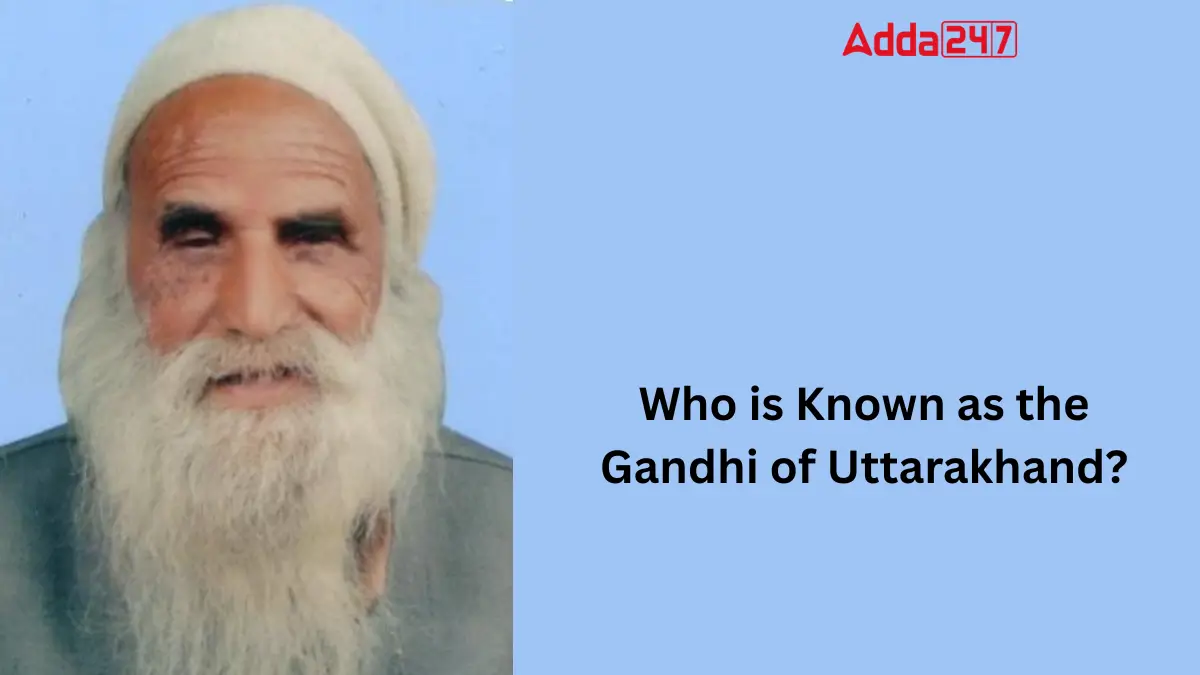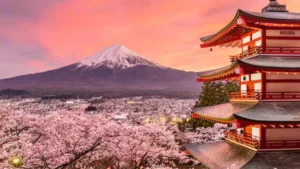India has seen many great leaders who followed the path of truth and non-violence, just like Mahatma Gandhi. Some of these leaders played an important role in bringing social and political changes to their regions. One such leader from Uttarakhand worked tirelessly for the rights of the people and led a peaceful movement for a separate state. Due to his dedication, he is compared to Mahatma Gandhi.
Gandhi of Uttarakhand
Indramani Badoni is remembered as the “Gandhi of Uttarakhand” because of his peaceful way of working and his deep love for the people of the region. He was an important leader in the movement that demanded a separate state for Uttarakhand. His calm nature, simple lifestyle, and commitment to social service inspired many people and made him a respected figure.
Why is Indramani Badoni Known as the Father of Uttarakhand?
Indramani Badoni is known as the “Gandhi of Uttarakhand” because he followed the principles of Mahatma Gandhi. He believed in non-violence, peace and fighting for justice through protests and marches. He dedicated his life to helping the people of Uttarakhand, just as Gandhi worked for India’s independence.
Early Life and Education of Indramani Badohi?
Indramani Badohi was born on December 24, 1925, in Akhori, Tehri Garhwal, a small farming village. He belonged to a poor family and faced many struggles in his childhood. His parents were Kaldi Devi and Sureschand. He completed his early education in his village and later studied in Nainital and Dehradun. In 1949, he graduated from DAV PG College, Dehradun.
He married Surji Devi at the age of 19. He went to Bombay for work but had to return due to health issues. Apart from politics, Badoni was also a folk artist and musician. In 1956, he organized a traditional Kedar dance performance at the Republic Day Parade in Delhi.
Political Career of Indramani Badohi
Indramani Badoni’s journey in social work started in 1953, when Meera Ben, a follower of Mahatma Gandhi, visited his village. She inspired him to work for the development of his people.
In 1961, he became the village head and later the head of the Jakholi development block. In 1967, he was elected as an independent MLA from Devprayag. He also won elections in 1969 and 1977, showing his strong connection with the people. Even during the Janata Party wave in 1977, he won by a huge margin.
However, he also faced challenges. He lost elections in 1974 and 1989 but remained committed to the cause of a separate Uttarakhand state. He joined the Uttarakhand Kranti Dal (UKD) in 1980, which was a party formed to demand a separate hill state.
Role in the Uttarakhand Movement
Indramani Badoni played a key role in the Uttarakhand statehood movement. In 1988, he started a 105-day foot march across the region to spread awareness about the need for a separate state. He visited villages and explained the benefits of Uttarakhand becoming a separate state.
In 1992, he declared Gairsain as the capital of Uttarakhand. In 1994, he began a hunger strike in Pauri to demand statehood. He was arrested and taken to Meerut and later AIIMS, Delhi, to suppress the movement. However, this only made the movement stronger, and finally, on November 9, 2000, Uttarakhand became a separate state – one year after Badoni’s death.
His Title as the Gandhi of Uttarakhand
Due to his non-violence methods, simple lifestyle and dedication to the people, Indramani Badoni was called the “Gandhi of Uttarakhand.” Even The Washington Post referred to him as the “Mountain Gandhi.”
Legacy of Gandhi of Uttarakhand
Indramani Badoni passed away on August 18, 1999, in Rishikesh, before he could see Uttarakhand become a state. He is remembered as the unsung hero of the Uttarakhand Statehood Movement. His contributions are honored through statues and institutions named after him.



 Which Country is Known as the Land of Ch...
Which Country is Known as the Land of Ch...
 Which Bird is known as the King of Birds...
Which Bird is known as the King of Birds...
 Which City of Austria is Known as the Ci...
Which City of Austria is Known as the Ci...







